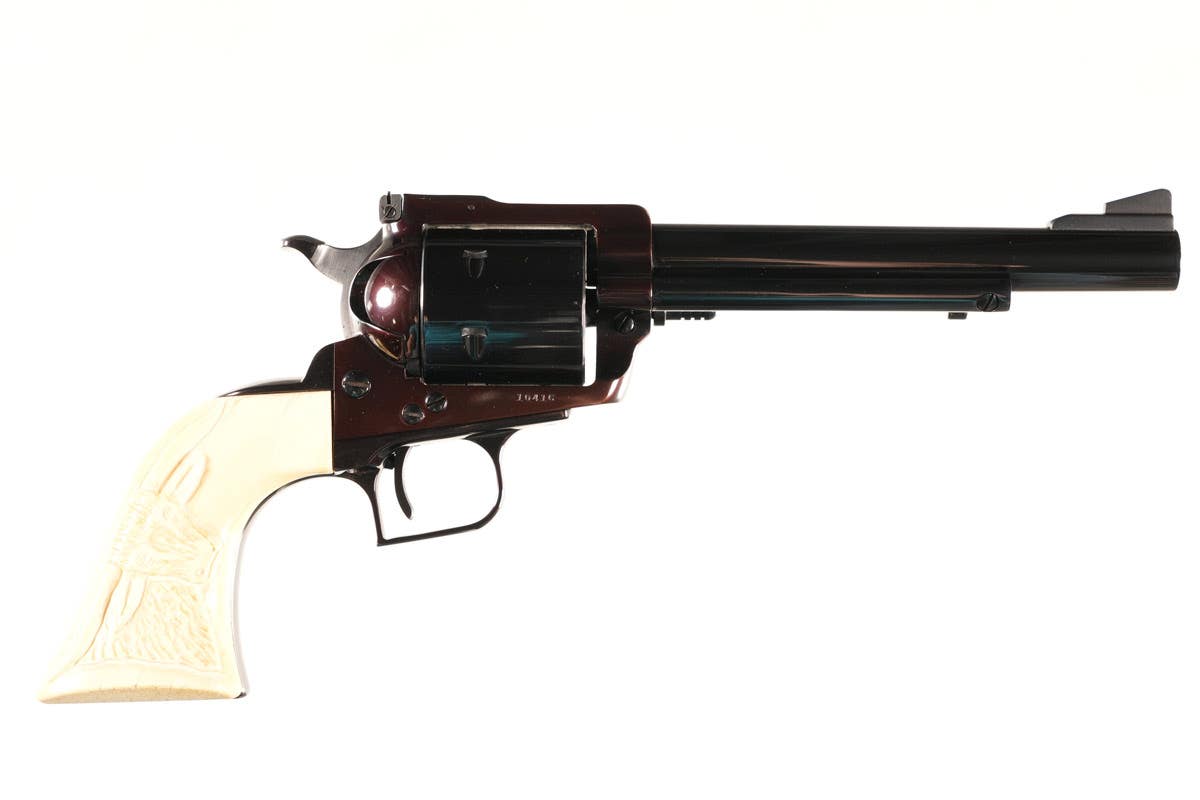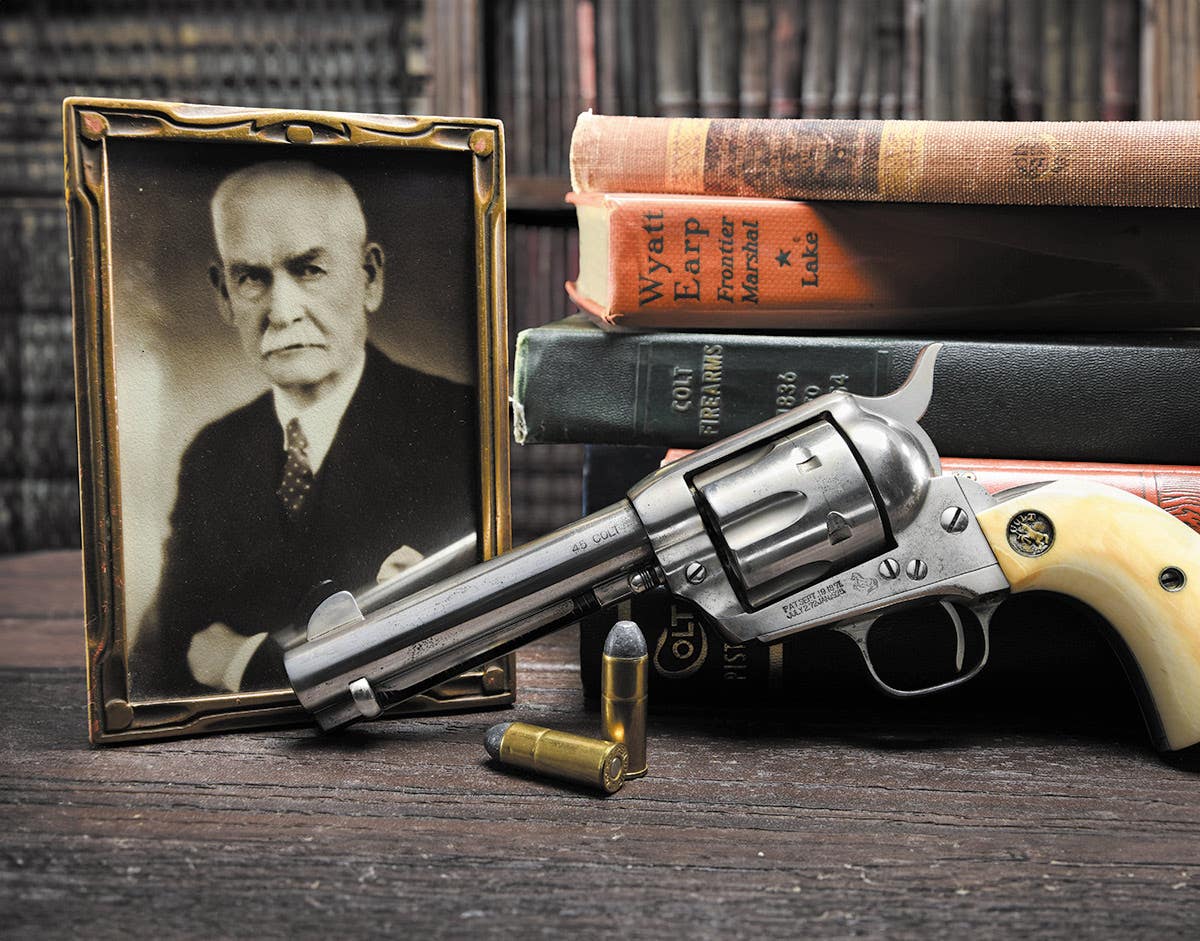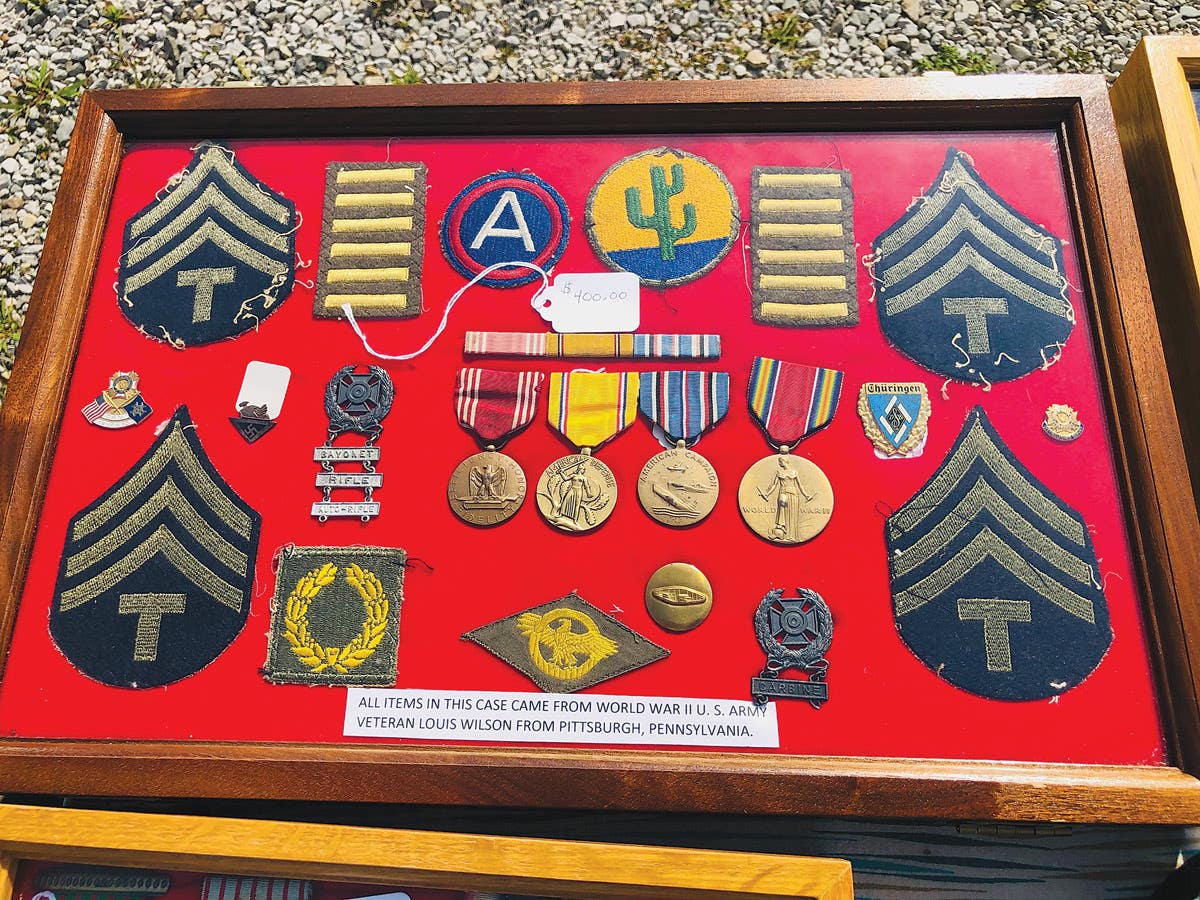13th Aero Squadron’s “Oscar” is Centerpiece of Exhibit
As a young child growing up in Massachusetts, Dr. Douglas Kane struck up an admiration for his grandfather, Earle F. Richards, a 1st Lieutenant with the 13th Aero Squadron in World War I. Although his grandfather died when Kane was just in the third grade, he left a lifelong impression on his grandson. And just three years ago, in his parents’ attic in Purcellville, Va., Kane discovered the centerpiece of his granddad’s legacy.
As a young child growing up in Massachusetts, Dr. Douglas Kane struck up an admiration for his grandfather, Earle F. Richards, a 1st Lieutenant with the 13th Aero Squadron in World War I. "There was a real war mentality (back then)," said Dr. Kane, a pulmonologist in Cookeville. "It was glamorized in the movies, being able to fly, shoot things down and be a hero."
Although his grandfather died when Kane was just in the third grade, he left a lifelong impression on his grandson. And just three years ago, in his parents' attic in Purcellville, Va., Kane discovered the centerpiece of his granddad's legacy. "I found it in the attic underneath some cardboard," he said. "It was loose, like junk." But it wasn't junk at all.
In March 1918, the 13th Areo Squadron acquired SPAD XIII pursuit planes from the French. The SPAD had a gross weight of 1,863 lbs., 26'6" span and a length of 20' 8", and was powered by a Hispano 8 cyl. engine of 235 hp. It had two Vickers 7.7mm machine guns firing though the prop and could climb to almost 22,000 ft. Capable of reaching 139mph, the SPAD was the fastest Allied during WWI.
What Kane found was the stencil his granddad used in designing the insignia of the 13th Aero Squadron his granddad had been a part of, also known as the "grim reaper" or "Oscar." "It was like the holy grail to me," Kane said. "I knew my granddad had designed that."
The stencil was a little piece of history significant during World War I when each aero squadron in the U.S. Air Force was responsible for designing its own insignia and labeling all of the planes within that squadron. "He eventually presented his "grim reaper" logo to the squad, and the 13th's insignia was born and is still alive today and is affectionately known as 'Oscar,'" Kane said in a written statement.
The 13th Bomb Squadron Grim Reaper logo--affectionately known as "Oscar"-- first rode into combat on the side of a SPAD XIII of the 13th Aero Squadron in 1918. The official emblem description reads, "Against a dark, blue field a white skeleton mowing with a yellow scythe with a reddened blade." The Secretary of War finally approved it as the official 13th logo on February 14, 1924.
Kane had collected a variety of things from his granddad over the years including a flight coat, helmet and leggings, but none appears to be as significant as the tin stencil. "The 13th Bomber Squad still exists, and they still have the insignia," he said. "That's my granddad's legacy."
In Oscar's first appearance on the SPAD he was running to the left. However, in the official emblem Oscar is running to the right. Through the years Oscar has been jazzed up and toned down (shown here is Oscar, ca. 1953), depending upon the talents and inclination of various artists.
Kane's collection as well as some other memorabilia is the subject of a new exhibit opening Tuesday at the Cookeville (Tennessee) History Museum. Museum director Judy Duke said she learned of Kane's collection from Dr. Sam Barnes, who is also a military history enthusiast. "We're thrilled to have it as our first visiting exhibit," Duke said. Museum exhibits specialist Pam Philpot design the exhibit, and Duke said they plan to have it on display for a couple of months. The exhibit can be seen during the museum's operating hours, Wednesday through Saturday, from 10 a.m. to 4 p.m.







